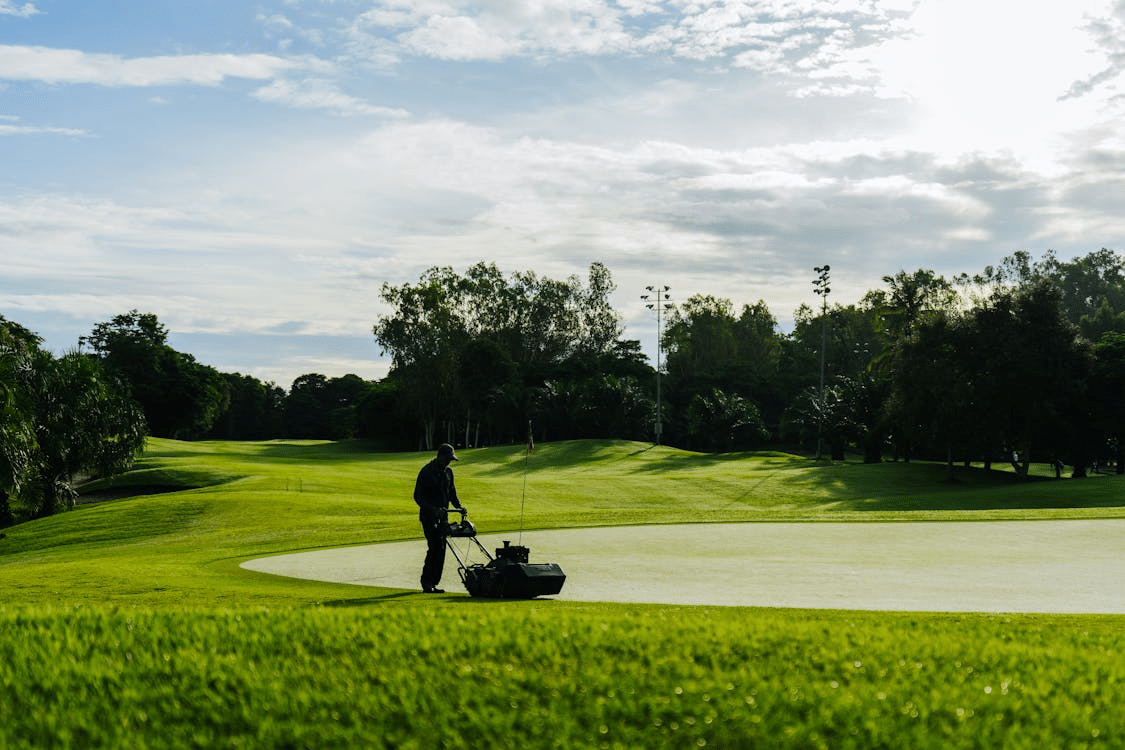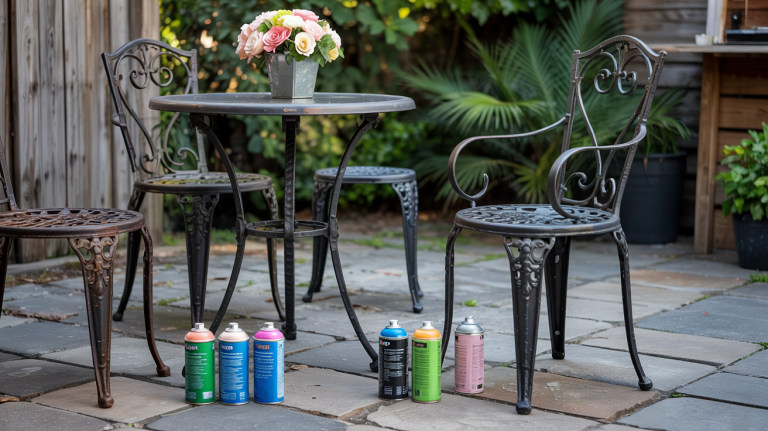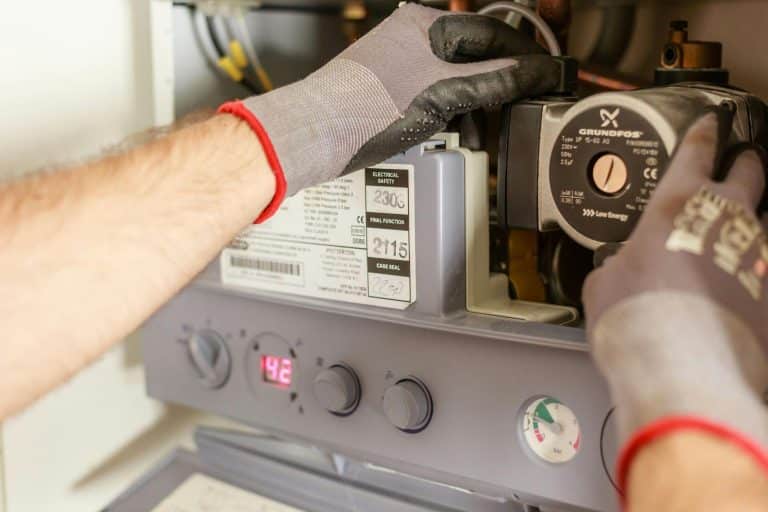When to Replace Lawn Mower Parts: Key Signs and Recommendations
Owning a lawn mower is an initiation into being an adult for each homeowner who has a piece of grass to tend. A well-maintained lawn mower can keep running for a decade or more, but even the most reliable machine will need part replacements now and then.
Knowing what to look for and at what time is critical not only to the longevity of your mower but also to the health of your lawn and your safety. Sections discussing when and why to replace lawn mower parts follow; statistics and different perspectives are drawn on whenever relevant.
Recognizing the Signs of Wear and Tear
Blades: The Cutting Edge of Maintenance
The blade is the workhorse of your lawn mower, slicing through the grass cleanly if it is sharp. A dull or bent blade will tear the grass rather than cut it cleanly, leaving your lawn frayed and browned. If you notice irregular patterns or discolored tips on your grass, it is time for a check on your blades.
The University of Florida IFAS Extension recommends that sharpening be done every 20 to 25 hours of use, and replacement can be carried out every one to two years, depending on usage.
Engine Parts: The Power Behind the Machine
Engine problems can manifest in many forms: difficulty starting, loss of power, or excessive smoke. Air filters should be cleaned often and replaced yearly for paper filters or every three years for foam filters.
Spark plugs typically need replacing after 100 hours of use, as per recommendations from Briggs & Stratton.
For issues with the carburettor, a rebuild or replacement lawn mower parts might be required if you notice starting issues or inconsistent running, especially if varnish from old gas is visible.
Tyres: Keeping your Mower Grounded
If your lawn mower is suddenly more challenging to push or the ride seems bumpier than usual, its tyres might be to blame. Tyres with worn tread or cracks can affect the mower’s traction and even result in a safety hazard.
Check your tyres each season and look for visible damage. Some tyres can be patched, but replacement is the safer bet if dry rot is evident.
Batteries and Electrical Parts: Juice to Make it Loose
For those with electric or hybrid mowers, batteries are a critical component. Generally, a battery will last four to five years, but usage patterns and charging habits can shorten this lifespan. Signs of a failing battery include diminished performance and longer charging times.
While there’s no hard statistic for when to replace batteries, it’s wise to test them at least once a year, preferably at the start of the mowing season.
Proactive Part Replacement: A Strategy for Longevity
Regular Maintenance: The Preventative Approach
Regular maintenance schedules are crucial. The Lawn Mower Tire Store suggests that performing maintenance at the start of each season can decrease the likelihood of malfunctions by up to 70%. This includes checking all replaceable parts, such as belts, filters, and spark plugs.
User Manuals and Manufacturer Guidelines: Following the Leaders
Always check your lawn mower’s user manual for specific part replacement guidelines. Manufacturers have done extensive testing to determine the best intervals for part replacements.
Special Considerations: The Role of Environment and Usage
Understandably, the intensity of mower use varies significantly between a professional landscaper and a casual home user. Similarly, someone mowing a small, flat suburban yard will wear out their mower differently than someone tackling a rocky, hilly area. Constantly assess the environment and usage when determining part replacement schedules.
Diverse Perspectives: When to Replace Vs. When to Repair
The DIY Enthusiast: Extending the Life of Parts
For the DIY enthusiast, replacing parts might be a last resort. Many parts can be repaired or maintained longer with the right know-how. For example, blades can be sharpened several times before they need to be replaced. It’s eco-friendly and cost-effective, but it does require time and skill.
The Environmental Advocate: Considering the Wider Impact
From an environmental standpoint, proper disposal and sustainable sourcing of parts are key considerations. Environmental advocates might recommend repairing, replacing, or choosing parts from environmentally conscious manufacturers that use recycled materials.
The Safety-Conscious User: Why Sometimes Replace Is Better
Safety should always be paramount. If a part is damaged to the point where it could cause injury or further damage to the mower, replace it immediately. No amount of money saved is worth the risk of personal injury.
Recommendations and Best Practices
Invest in Quality Parts
When replacements are necessary, investing in high-quality parts is generally wise. Cheaper alternatives save cost upfront but often require more frequent replacements or lead to mower damage.
Record Keeping: Monitor Part Lifespans
Keeping a log of maintenance and replacements can help predict when parts will need attention and prevent unexpected breakdowns. Plus, if you sell your mower, a solid maintenance record can increase its resale value.
Lean on Expertise: When in Doubt, Consult a Professional
If you need clarification on a part or repair, contact a professional. They often provide insight into whether a part should be repaired or replaced, leading to better long-term outcomes for your lawn mower.
Wrapping It Up
A lawn mower is one of those handy tools for maintaining a good lawn. By paying attention to the first signs of wear and practicing routine maintenance, you can replace parts and have them run efficiently while keeping your lawn healthy and preventing accidents.
Consider your particular situation and manufacturer recommendations; if in doubt, consult a professional. A well-cared-for mower is one of pride and an investment in your home and safety.
Happy mowing!







